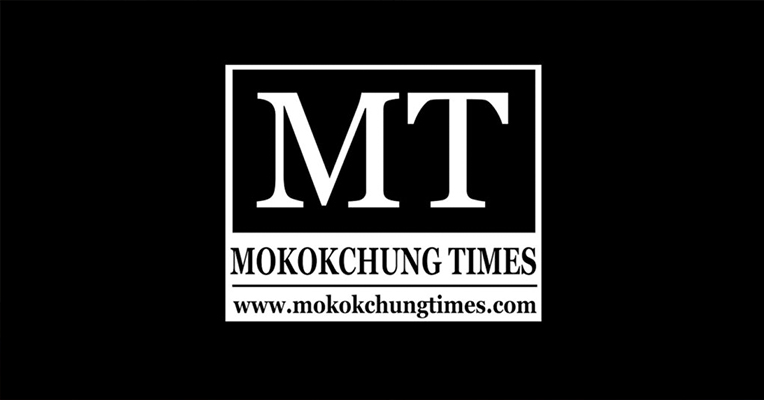Journalists and news organizations operating in remote areas like Mokokchung face several constraints that can impact their ability to perform their work effectively to provide comprehensive coverage and maintain efficient operations.
Remote areas often have inadequate infrastructure, including limited or unreliable internet connectivity, electricity, and telecommunication networks. This can hinder news organizations’ ability to transmit information, share content online, or hinder journalists’ ability to gather and transmit information in real-time. Journalists working in remote places like Mokokchung have limited access to timely and accurate information. Sources, data, and official statements are scarce or difficult to obtain. Journalists face challenges in verifying facts and gathering diverse perspectives, which often compromise the quality and depth of their reporting. Journalists working here have limited access to resources such as funding, equipment, and technical support and lack specialized tools required for investigative reporting or multimedia storytelling.
Remote areas also have limited or unreliable transportation options, making it difficult for journalists to travel to different locations which impede their ability to reach sources, cover events, or conduct investigations in a timely manner. Moreover, remote areas like Mokokchung typically have smaller populations and less developed media markets, resulting in a limited audience base. This can pose challenges in attracting advertising revenue and sustaining financial viability for news organizations operating in those areas.
Delivering physical copies of newspapers or magazines in remote areas is also logistically challenging and costly. Lack of reliable transportation networks or long distances impede timely distribution, affecting the accessibility of news publications for local audiences. News organizations in remote areas face resource constraints, including limited funding. These limitations affect the quality and scope of their coverage, making it challenging to conduct in-depth investigations or provide diverse perspectives.
Places like Mokokchung may have fewer sources available compared to well-connected regions like Kohima or Dimapur. This makes it difficult for news organizations here to gather timely and diverse information, resulting in limited perspectives and potentially less comprehensive reporting. Safety and security challenges coupled with lack of institutional support impede the ability of news organizations in remote areas like Mokokchung to operate independently, advocate for journalists’ rights, and maintain editorial independence.
Despite these constraints, which are just a few of the many, news organizations and journalists operating in Mokokchung and other remote areas play a vital role in bringing news and information to underserved communities and in informing the public about what is happening in these communities. They help to hold local officials accountable, bridge information gaps, highlight local issues, and give a voice to marginalized populations, contributing to a more inclusive and democratic landscape. News organizations and journalists in Mokokchung need to be creative to overcome the constraints of working in this remote area and continue to provide the all-important journalism to the community. However, without community support, it can get very difficult for journalists and news organizations to perform efficiently.


